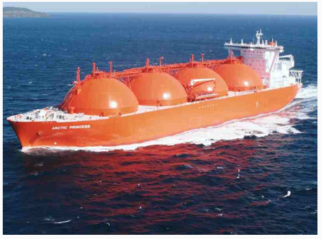Applying modified HAZOPs to well testing
Hazard and Operability studies (HAZOPs) are widely used in the oil and gas industry to examine process systems, but less so for drilling, completion and well testing activities. This is typically because the traditional HAZOP applies process-based guidewords to Process & Instrumentation Diagrams (P&IDs), whereas drilling, completion and well testing activities are more procedurallybased and also use Well Test String Diagrams.
However, well testing is widely recognised as a higher risk activity since temporary equipment is brought onto the drill site, hydrocarbons are deliberately brought to the surface and personnel from several companies are required to work together during the campaign. Not surprisingly, applying the rigorous and systematic method of HAZOPs – suitably modified to reflect the differences between well testing and process plant – has been found to help reduce and manage the associated risks.
WELL TESTING 101
Well testing is carried out to better understand an oil or gas well’s performance and the reservoir’s characteristics. Well tests incorporate many aspects of operations from the worlds of drilling and process plant production.
A basic well test system consists of a subsurface string, incorporating downhole tools such as gauges, check valves, flow switching valves, isolation valves and packer assemblies, together with a surface system for separating, sampling and metering the fluids flowing from the well.
A typical well test has a number of distinct stages: running a test string, setting packers inside the production tubing, perforating the reservoir, displacement of kill weight fluids in the well, flow and pressure build-up periods, bullheading of fluids, reservoir stimulation, well suspension, and flow between rig pits, tote tanks and well test surge tanks.

HAZOP COVERAGE
In addition to considering the surface package built from a number of modules that are assembled for each well test, a HAZOP would also consider services such as coil tubing, nitrogen and acid injection equipment.
By converting Well Test String Diagrams to P&IDs, it is possible to extend the HAZOP to the downhole systems and thus consider all stages of the well test programme individually.
THE BENEFITS
The HAZOP approach enables a thorough examination of what may go wrong and the sufficiency of the preventive and mitigation controls in place. Moreover, it can be used to examine the interaction between the well test systems and the rig systems, particularly the rig manifold and standpipe arrangements, rig pits and rig pumps and emergency response systems.
The HAZOP technique is interactive and enables all parties involved in a well test to improve their understanding of the well testing process as a whole and how the different systems and organisations interact. This is a crucial benefit given that, unlike process plants, well testing systems are largely manually operated and successful operations require personnel from the oil company, the drilling rig provider and various service providers to work together effectively. Hazards are highlighted as a matter of course, but the HAZOP can also be used to identify the role played by each party in assuring safety, and highlight any holes in responsibility or potentially conflicting activities.
CONCLUSION
While most of us are familiar with the utility of HAZOP as a tool for hazard identification for process plant, in the right hands the technique can be applied successfully to well testing and, as well as determining the adequacy of the safeguards. It can also help clarify organisational interfaces and responsibilities for safety, and build ownership of controls for an activity that is considered to be higher risk compared to production activities
This article first appeared in RISKworld Issue 22








